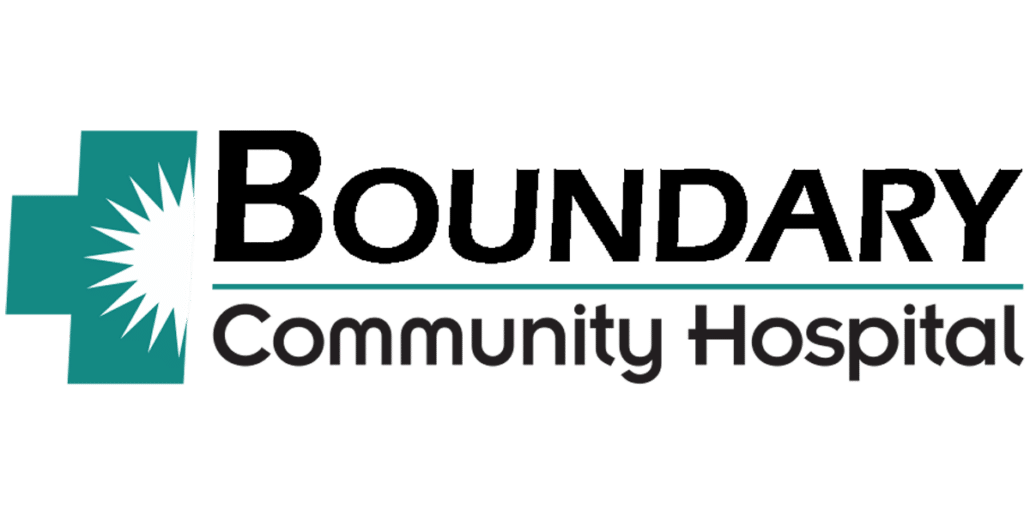Behind the Scenes: Nurse Practitioners
Practical Healthcare for Rural Residents Boundary Community Clinics is pleased to announce the addition of two new Nurse Practitioners as primary care providers. Beverly Yercheck, ANP-C who specializes in adult care and Janet Lukehart, FNP-C who specializes in family care will round out the schedule so that office hours will now be Monday through Friday. […]
Behind the Scenes: Nurse Practitioners Read More »
